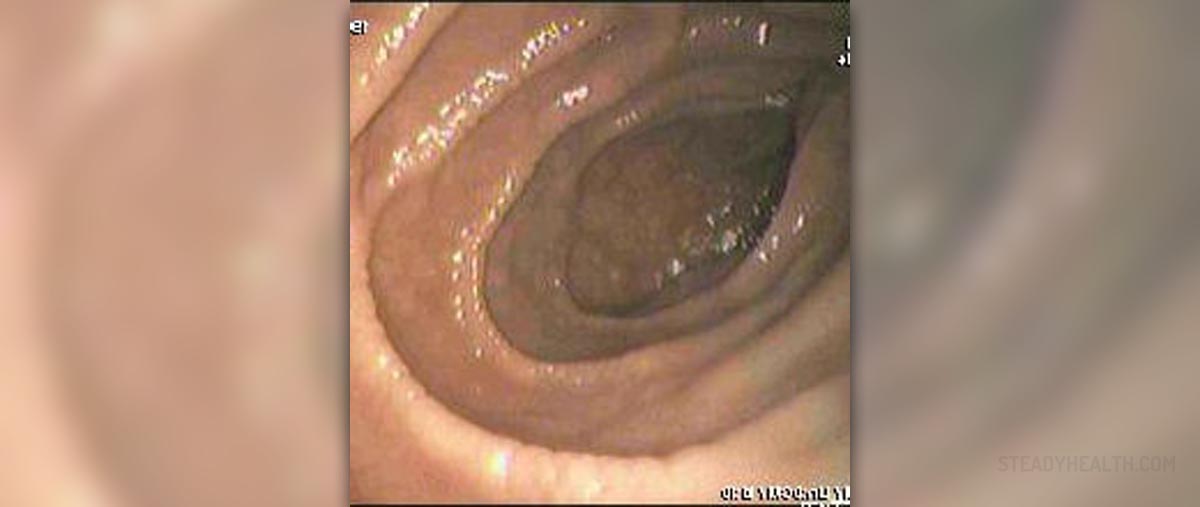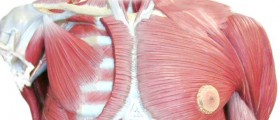
Spinal muscular atrophy (SMA) is a member of neuromuscular diseases. It is closely connected with degeneration of motor neurons which subsequently leads to progressive muscle atrophy and is a reason why the affected muscles become weak and hardly contract at all. There are several types of the disease. Some affect infants and cause lethal outcome relatively early in life while others may not be that severe and allow patients to live normal adults lives suffering only from mild and well-tolerated muscle weakness.
Patients suffering from spinal muscle atrophy are all treated by a team of medical professionals from different fields of medicine such as pulmonologists, neurologists, orthopedic surgeons as well as physical and occupational therapists. Dieticians also play significant role in the treatment. Support is obtained from parents and family member who are all supposed to participate in treatment and make patients feel better and have strength enough to accept and cope with the disease.
Types of Spinal Muscle Atrophies (SMAs)
There are several forms of the disease including SMA type I, II, III and IV. Even though there is difference between types of this neuromuscular disease, practically all of them are blamed for progressive muscles weakness.
The first three types (acute infantile or Werdhig-Hoffmann disease, chronic infantile SMA and chronic juvenile form of the disease known as Kuglberg-Welander syndrome) affect children i.e. they develop when patients are young. These conditions are inherited in an autosomal recessive fashion. Such patients receive two copies of the defective gene, one copy from each parent. Scientists have confirmed that defective genes are localized on the 5th chromosome. In case there is absence of the gene, the body simply cannot produce proteins necessary for RNA processing. As a result, the lower motor neurons deteriorate.
The fourth type of the disease affects adults. It can be inherited in more than one pattern, including autosomal dominant and autosomal recessive pattern. This form of the disease may sometimes have nothing to do with inheritance and develop due to spontaneous mutations in the gene that triggers specific symptoms and signs of the disease.
Finally, it is essential to mention X-linked recessive form of the disease and SMA associated with respiratory distress (SMARD1). The former is also known as Kennedy's syndrome. It is characterized by female carriers and only men develop the disease. The latter is inherited in an autosomal recessive fashion and develops due to mutations in IGHMBP2 gene, the one localized on the 11th chromosome.
Clinical Presentation
All types of spinal muscular atrophies are associated with muscle weakness and wasting. The condition affects different muscles, those located in all four extremities, bulbar muscles and even brainstem. However, there is no damage to a patient's intellect and such patients are never considered mentally retarded.
General characteristics of the condition include flaccid weakness, hypotonia, reduction in or absence of tendon reflexes, absence of plantar reflexes, muscle fasciculation and atrophy.
SMA type I affect babies less than 6 months of age. This is a rather severe form of the disease characterized by intense muscle weakness and hypotonia. Such babies cannot eat well (poor feeding and swallowing difficulties) and are prone to respiratory failure. In case hypotonia was present in utero, babies are born with limb/joint deformities. Even though median survival is 7 months the majority of babies live up to 18 months.
Type II SMA starts between 6 and 18 months of age. There are clear developmental issues such as delay in sitting or standing. Finger tremor, musculoskeletal deformities, respiratory failure as well as pseudohypertrophy of the gastrocnemius muscle may occur as well. Most patients may survive until their 20s and many times death is related to respiratory infections.
SMA type III affects children older that 18 months. This is a relatively mild disorder characterized only by weakness of proximal muscles. Such patients have problems with complex motor skills and are similarly to patients from the previous group are prone to psudohypertrophy of the gastrocnemius muscle. Fortunately, these patients live normal lives and never die prematurely.
In patients suffering from SMA type IV the onset of the disease never occurs before 30 years of age. All symptoms and signs are quite similar to type III of the disease and are not so severe allowing patients to live normal lives without any specific restrictions.
And finally, in patients suffering from SMA associated with respiratory distress type 1 the disease starts between and 6 months of age. The damage affects the diaphragm muscles and apart from respiratory problems these patients also deal with distal muscle weakness while damage may additionally affect sensory and autonomic nervous system. Kennedy's syndrome is blamed for muscle crams, facial fasciculations and hand tremor and patients additionally develop type 2 diabetes and eventually end up infertile.
Spinal Muscular Atrophies Treatment
Unfortunately, the condition cannot be cured and there is not efficient treatment that may at least decelerate progression of the disease. Currently, scientists investigate the potentials of gene therapy. Certain medications are also included in clinical trials.
Such patients require a multidisciplinary approach. They can benefit only from palliative treatment and assistive devices such as splints and braces. Physiotherapy, special seats, wheelchairs, respiratory support as well as gastrostomy feeding allow such patients to live a bit longer than expected.
















Your thoughts on this
Loading...